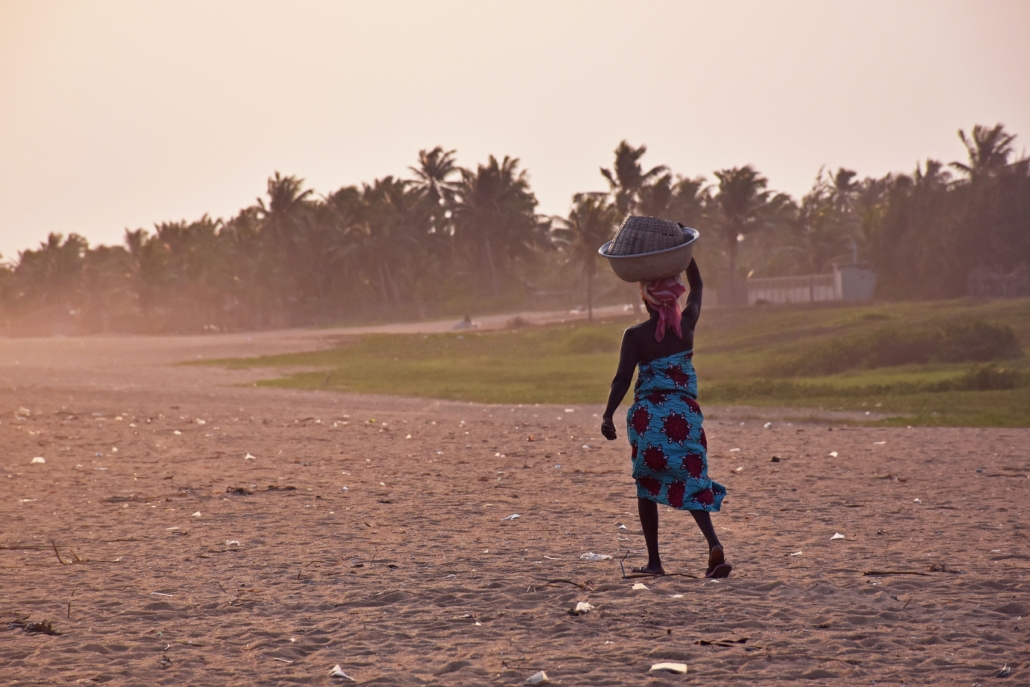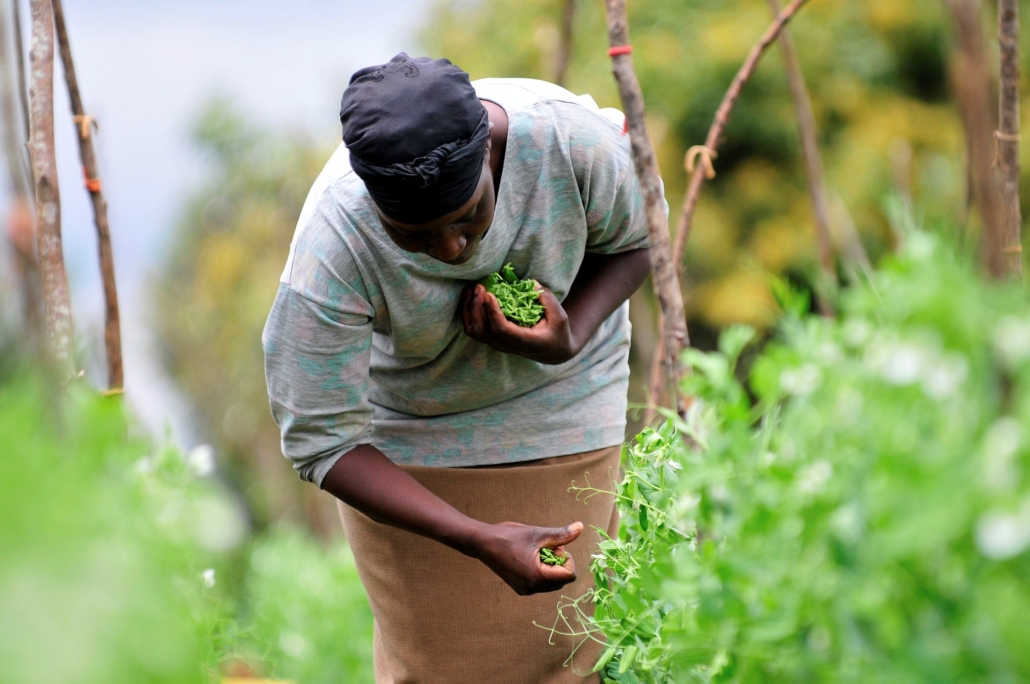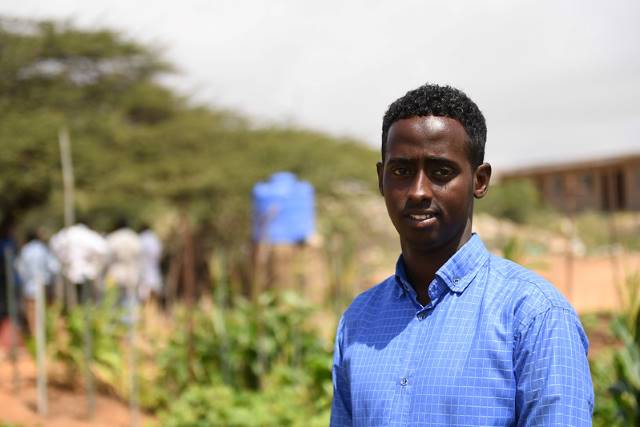 In the past several decades, Somalia has faced a variety of challenges, including foreign imperialism, religious extremism and a struggling infrastructure system. Literacy and education have long been areas of concern, as has access to food, water and health care. In 1991, President Muhammed Siad Barre was overthrown and the country descended into civil war with various political and military factions vying for control of the country. Peacekeeping groups from the U.S. and the United Nations attempted to restore a central government and restrain violence, but they were met with opposition, eventually leaving unsuccessful in 1993. Currently, plagues of locusts in Somalia threaten food security and economic stability within the nation.
In the past several decades, Somalia has faced a variety of challenges, including foreign imperialism, religious extremism and a struggling infrastructure system. Literacy and education have long been areas of concern, as has access to food, water and health care. In 1991, President Muhammed Siad Barre was overthrown and the country descended into civil war with various political and military factions vying for control of the country. Peacekeeping groups from the U.S. and the United Nations attempted to restore a central government and restrain violence, but they were met with opposition, eventually leaving unsuccessful in 1993. Currently, plagues of locusts in Somalia threaten food security and economic stability within the nation.
A Destabilized Country and Poverty
Since 1993, Somalia has made many attempts to create a functioning national government, but for years, progress stalled. The Islamic extremist group Al-Shabab gained momentum in the mid-2000s, causing violence and destruction in the region. The group attacked national infrastructure, and at various points, forced agencies providing aid to withdraw. These tactics caused thousands to die, displaced thousands more and hindered access to health care and education for many.
Human Rights Watch estimated in 2018 that more than 2.5 million people faced internal displacement and agencies providing relief faced continued attacks and struggled to reach Somalians in need of help. According to the World Bank, the poverty rate in Somalia today is roughly 70%, and “almost nine of 10 Somali households are deprived of at least one fundamental dimension: access to income, electricity, education or water and sanitation.” Life expectancy is low as well, figured to be roughly 53 years for men and 57 for women. The constant violence both cause and compound these issues; the civil war deprives many of access to necessities like food and housing and it continues to be a daily concern even with other equally pressing needs.
Locusts and Food Security
It is against this backdrop that Somalia is currently dealing with a plague of epic proportions. Every year, there is an outbreak of locusts in Somalia and neighboring countries and locals are accustomed to this on some level. However, 2020 is entirely different: Warming temperatures and increased flooding over the last several years created ideal conditions for locusts to breed and reproduce, leading to two separate waves of locusts this year alone. By all accounts, this invasion is the worst in 25 years, decimating a country that was already ill-equipped to deal with a disaster.
The first infestation of locusts in Somalia numbered in the hundreds of billions, blotting out the sky and destroying crops, farmland and any other vegetation in sight. The second was even more devastating — trillions of locusts descended on East Africa and wiped out any chance of a successful harvest. The LA Times reports, “In a single day, a swarm can travel nearly 100 miles and eat its own weight in leaves, seeds, fruits and vegetables — as much as 35,000 people would consume. A typical swarm can stretch over 30 square miles.” It is nearly impossible to deal with locusts individually and a lack of centralized response leaves farmers to fend for themselves in an attempt to mitigate economic loss and save the last remnants of the most recent crop yield.
These waves of locusts ruined economic prospects for many Somali citizens, leaving many in debt and unable to sell their harvests or participate in the local economy. The U.N. Food and Agriculture division estimates that the infestation affected or harmed 100% of sorghum and maize — both vital to the Somali economy. Experts also worry that plagues of locusts will return in the spring of 2021 if allowed to continue breeding and growing to maturity unchecked. The unprecedented quantities of locusts this year make the plague difficult to contain and there is now only a short window in which to act. Avoiding another round of crop damage will require a timely and focused response.
Moving Forward
The good news is that there are tangible solutions, and possibilities remain for Somalia to revitalize its economy and recover from this devastation. Pesticides can contain the insects, but the challenge now is to deploy pesticides in high enough quantities to produce a tangible effect. Currently, Somalia lacks the political will and infrastructure to supply enough planes to be useful, but the U.N. FAO has been meeting with both West African and European countries in an attempt to gather the resources necessary to fight the locusts.
Scientists have been working to develop a worthy biopesticide over the past decade and there is now a working product that is “cheaper, more effective, longer-lasting in the desert and easier to store,” according to Science Magazine. Somali politicians and leading experts in the field from around the world are working to provide relief, and although this plague of locusts in Somalia marks the most severe infestation in decades, there are reasons to be hopeful, given the scenario. If aerial spraying becomes financially viable and available, it could provide significant relief and a renewed opportunity for affected Somalis.
One FAO official commented, “We’re already partnering with NASA, with NOAA, with the European Space Agency, with Cambridge University… all of these different entities have their own expertise.” Ultimately, a solution to locusts in Somalia is within reach and it requires a combination of pesticides, more accurate predictors of future outbreaks and cheaper methods of delivery for needed chemicals. If this is achievable, the multi-faceted solution would be critical in the fight for food and job security in the country, allowing the economy to flourish and crops to grow.
– Leo Posel
Photo: Flickr

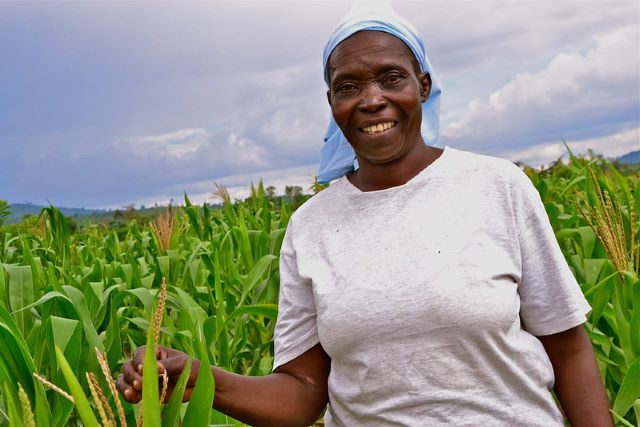 Artificial Intelligence seems like a far-off concept reserved for science fiction. In truth, AI is present in modern life and the advancements in this technology are being used to combat global poverty. Most prominently, computer scientists and engineers are improving the ways that AI increases food security globally. The need for utilizing technology in food security is essential to protect more than
Artificial Intelligence seems like a far-off concept reserved for science fiction. In truth, AI is present in modern life and the advancements in this technology are being used to combat global poverty. Most prominently, computer scientists and engineers are improving the ways that AI increases food security globally. The need for utilizing technology in food security is essential to protect more than 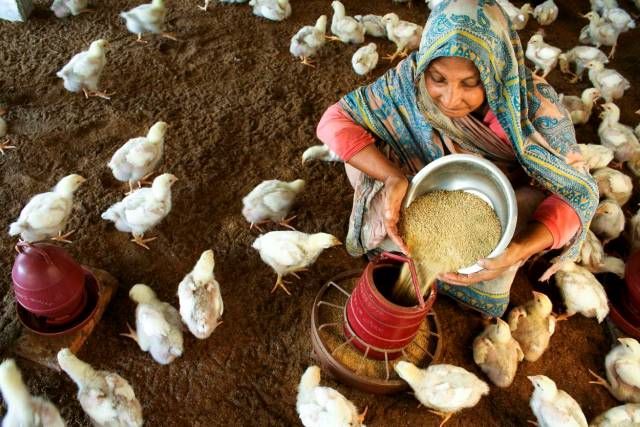 The Maldives, a series of islands bordering both India and Sri Lanka, has faced increased obstacles with food security and hunger. With a population of 515,696 citizens, it is estimated that over 10.3% are battling with hunger. However, increased efforts have been made to combat this rise in hunger in the Maldives.
The Maldives, a series of islands bordering both India and Sri Lanka, has faced increased obstacles with food security and hunger. With a population of 515,696 citizens, it is estimated that over 10.3% are battling with hunger. However, increased efforts have been made to combat this rise in hunger in the Maldives.

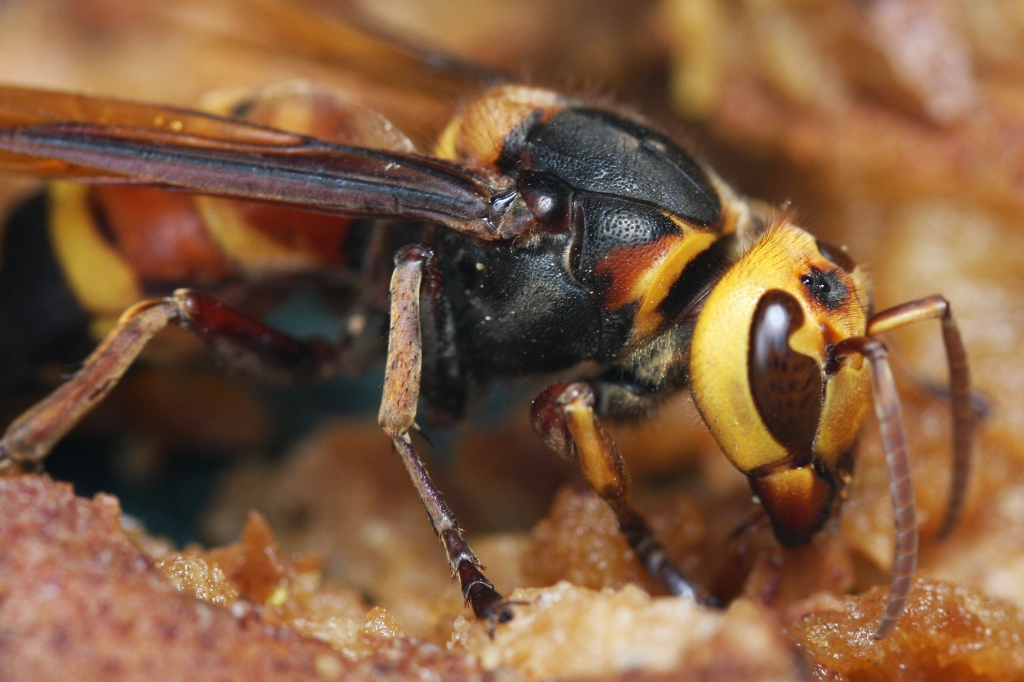
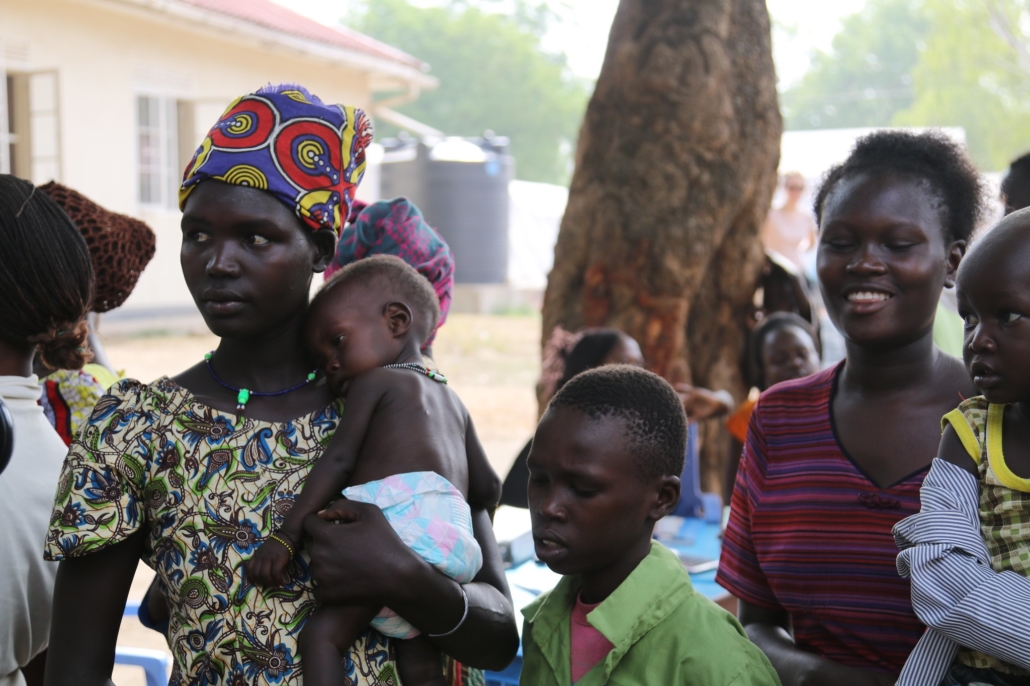
 Palestine is a region in the Middle East comprising the Gaza Strip and West Bank, with much of the territory currently under Israeli occupation. Palestine already experiences a number of humanitarian crises and restrictions on goods such as food and natural resources. However, the pandemic means the areas must now solve the problems with both COVID-19 and food security.
Palestine is a region in the Middle East comprising the Gaza Strip and West Bank, with much of the territory currently under Israeli occupation. Palestine already experiences a number of humanitarian crises and restrictions on goods such as food and natural resources. However, the pandemic means the areas must now solve the problems with both COVID-19 and food security.